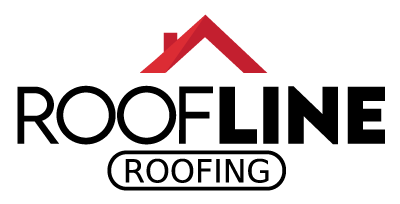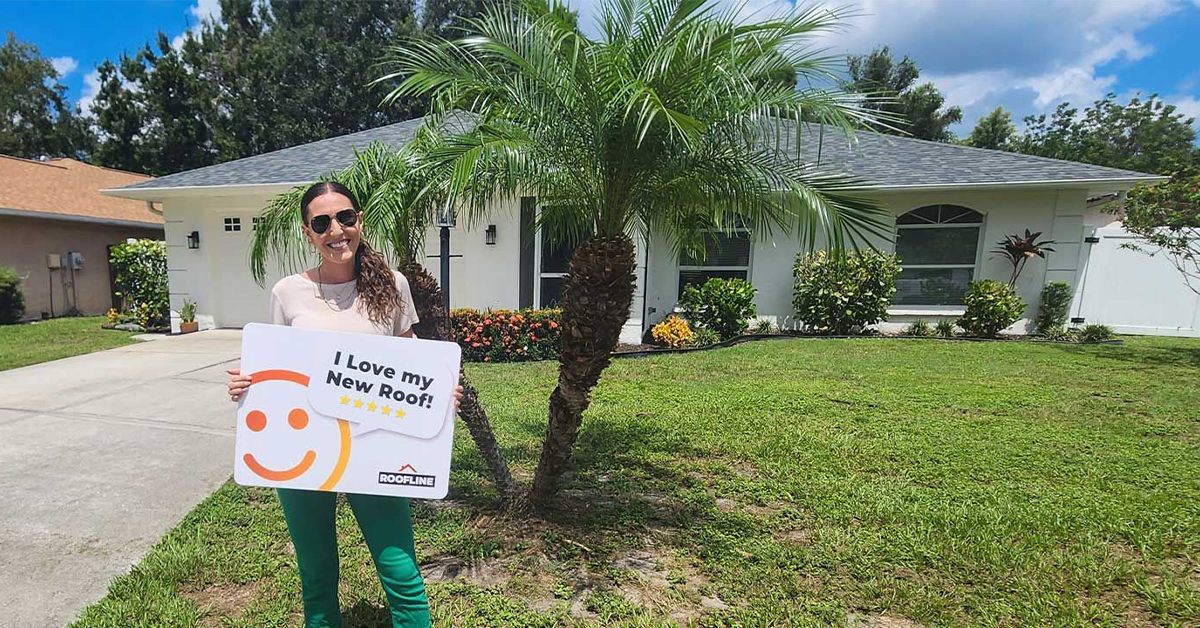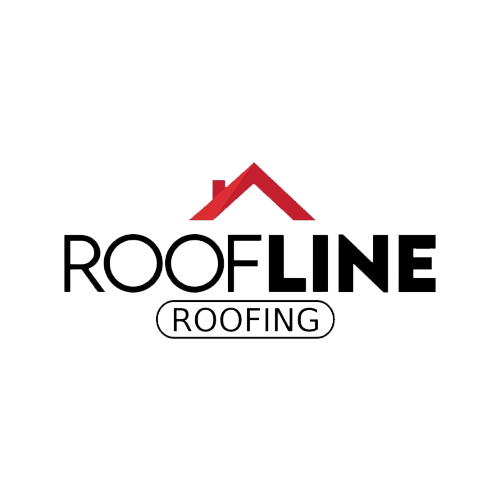
Understanding the unique demands of roofing in coastal regions like those found in South Florida requires careful consideration of environmental conditions and material performance. The coastal climate, characterized by high humidity, salt exposure, intense sunlight, and periodic storms, creates a challenging environment for roofing materials. Selecting the right roofing options not only enhances aesthetic value but also ensures long-term protection and durability against these elements. From asphalt and metal to clay tiles and synthetic options, each material offers distinct benefits tailored to meet the specific demands of coastal living.
Navigating the costs and benefits of different roofing materials is crucial for homeowners and property managers in regions like Manatee and Sarasota Counties. The initial selection process demands a balance between upfront costs and the longevity of materials, with varying implications for maintenance and durability. From economically feasible asphalt shingles to high-end natural slate, understanding these factors informs more strategic decisions that align with both short-term needs and long-term property sustainability. Tailored solutions, supported by insights into local weather patterns and building requirements, provide essential guidance as property owners seek to optimize their investments in roofing materials.
Climate Considerations: What Makes Shingles Suitable for Coastal Areas
Coastal regions, like Anna Maria in South Florida, offer breathtaking views and a vibrant lifestyle. However, the climate poses unique challenges for roofing. High humidity, salty air, intense sun, and the risk of severe storms demand special attention when selecting roofing materials. Shingles for coastal homes must withstand these harsh conditions while maintaining their aesthetic appeal and functionality.
Research in building science has shown that the right roofing material can significantly reduce maintenance costs and extend roof life in coastal areas. Coastal shingles in Anna Maria can thus make a substantial difference in both performance and durability. Here’s what you should consider when selecting shingles for a coastal climate:
### Understanding Coastal Conditions
Coastal areas face specific weather patterns that directly influence roofing. Salt-laden air can lead to corrosion of certain roofing materials and fasteners, while high winds from tropical storms or hurricanes can damage shingles not designed for such conditions. UV radiation coupled with high humidity accelerates wear and tear. Choosing shingles that address these factors can help in managing long-term costs and performance.
### Moisture and Humidity Resistance
A common challenge in coastal regions is the constant presence of moisture. Shingles designed for high humidity resist water absorption and prevent mold, mildew, and wood rot. Asphalt shingles, particularly those with higher quality fiberglass matting, offer a strong defensive layer by minimizing water penetration.
Multi-layered shingles can also create an effective moisture barrier. Consider options that provide additional protection such as algae-resistant materials or built-in sealant strips to further secure the integrity of the roof over time.
### UV Radiation and Heat Resistance
The intense sun in coastal areas like Anna Maria accelerates the deterioration of roofing materials. Shingles with UV-reflective properties not only reduce wear but can also improve energy efficiency by lowering heat absorption. Cool roofing technology or light-colored shingles can reflect more sunlight and help in keeping indoor temperatures lower, ultimately easing the load on air conditioning systems.
### Wind and Impact Resistance
Wind resistance is a critical factor for shingles in hurricane-prone regions. Roofs in coastal areas need to withstand higher wind speeds than those found inland. Wind-rated shingles have been proven effective in minimizing uplift. Look for shingles with a wind resistance rating of 130 mph or higher, as established by the ASTM (American Society for Testing and Materials) standards.
Also, consider shingles with impact resistance which are better equipped to endure flying debris and hail, common during coastal storms. Class 4 impact resistance—the highest standard—denotes superior resistance against such impacts.
### Corrosion Resistance
The salt in the air corrodes metal components. Ensuring that nails and flashing are made of stainless steel or coated for salt resistance is crucial. This mitigates risks associated with salt-induced corrosion which can compromise roofing integrity over time.
### Sustainability and Environmental Considerations
Besides durability, consider the environmental impact of roofing materials. Certain shingles are made with recycled materials or can be recycled at the end of their life, reducing landfill waste. A commitment to sustainable practices can also enhance the appeal of a home or business, aligning with broader ecological considerations.
### Practical Tips for Shingle Selection
When selecting coastal shingles for properties in Anna Maria, consider not only the architectural style but also the specific demands of the coastal environment. Consulting with roofing experts who understand local conditions can provide insights into product performance and the best choices for resistance to local weather patterns.
Trial data from manufacturers on shingle performance under real-world coastal conditions can also offer key insights. Look for shingles with proven track records in areas with climates similar to Anna Maria, offering peace of mind that they meet the expectations for durability and weather resistance.
In summary, amping up your knowledge on the intricacies of coastal roofing, particularly through the lens of shingles built for such environments, can fundamentally safeguard investment in your property. Selecting these coastal shingles not only enhances the aesthetic value but ensures that your property remains resilient in the face of nature’s unpredictability.
Comparing Materials: Asphalt, Metal, and More
Selecting the right roofing material is crucial for properties in coastal areas such as Sarasota. The market offers a variety of options, each with its advantages and drawbacks. Understanding these distinct materials helps you choose the best fit for your needs.
Asphalt shingles remain a popular choice due to their affordability and ease of installation. They are available in different styles and colors, making them versatile for various architectural aesthetics. Asphalt shingles are particularly effective is in resisting moisture. Premium options with fiberglass reinforcement enhance water resistance. Moreover, their availability with UV-reflective coatings aids protection against the harsh Sarasota sun. However, they may require periodic maintenance and might not be as durable as some other options when facing severe storm conditions.
Metal roofing offers a different set of benefits and is well-regarded for its lifespan and durability. Made from materials like aluminum and coated steel, metal roofs can withstand high winds and reflect solar radiation, contributing to energy efficiency. Aluminum, in particular, boasts excellent resistance to corrosion, a critical advantage in salty air environments. Metal roofs often come with a higher initial cost but offset this with lower maintenance expenses and a longer service life. Additionally, metal can be styled to mimic more traditional roofing materials, allowing property managers to enjoy durability without compromising aesthetic requirements.
Clay and concrete tiles offer a traditional look often seen in Mediterranean and Spanish-style architecture. These materials are extremely resilient to fire and can weather extreme heat very well, qualities that are attractive for the hot Sarasota climate. Clay and concrete tiles also possess weight, which contributes to their wind resistance but necessitates verifying the structural capacity of your property to support them. The longevity of these materials is impressive, often lasting 50 years or more with proper maintenance. Nevertheless, their weight and cost considerations may limit feasibility for some projects.
Another interesting option is synthetic roofing materials. These are engineered to mimic the appearance of materials like wood, slate, or tile while offering superior performance characteristics. Synthetic shingles are lightweight yet durable, provide excellent weather resistance, and are often manufactured from recycled components, enhancing their eco-friendly appeal. Costs vary depending on the specific material and brand, but they generally represent a mid-range to premium investment. Their ability to combine aesthetics with functional resilience makes them worth considering.
Natural slate roofs offer unrivaled longevity and an unmistakable appearance. Slate is naturally resilient to the elements, including severe weather conditions typical of coastal locations. However, the weight of natural slate is significant, requiring substantial structural support. The cost can be prohibitive, but a slate roof can last over a century, which may appeal to property managers planning for long-term residency or property use.
Finally, wood shingles or shakes are an option, though their suitability in humid coastal areas demands careful consideration. Wood roofing provides natural beauty and a degree of insulation. However, it requires rigorous maintenance to protect against moisture-related issues. Wood treatments and innovations in wood shingle manufacturing have improved their moisture resilience, but they generally remain less favorable compared to other materials in highly humid or salty environments like Sarasota.
In choosing roofing materials for properties in Sarasota, consider factors like cost, durability, environmental conditions, maintenance requirements, and aesthetic compatibility. Each material has unique benefits designed to cater to different needs within coastal climates. Therefore, it’s crucial to balance these factors to ensure that your choice not only stands up to the challenges posed by coastal weather but also aligns with your long-term maintenance and budgetary goals.
Cost vs. Longevity: Finding the Perfect Balance
When evaluating roofing options, especially in the dynamic environment of South Florida, property owners must balance two often competing factors: upfront costs and the longevity of the materials. This balance is particularly crucial in areas like Parrish, where fluctuating weather conditions can swiftly impact roofing durability. Understanding roofing costs in Parrish and how they relate to the lifespan of various materials can guide property managers and homeowners in making informed choices.
Cost varies significantly among roofing materials, with asphalt shingles being on the economical end of the spectrum. These shingles are favored in many residential projects due to their low initial expense and ease of installation. Despite a shorter lifespan of about 20-30 years compared to other materials, they offer a reasonable balance between upfront cost and adequate durability, particularly if you opt for higher-grade products with enhanced features like UV resistance.
On the other hand, metal roofs represent a higher initial investment but boast a significantly longer lifespan—often upwards of 50 years. The robust nature of materials like aluminum and steel not only offers prolonged durability but also a reduced maintenance cycle. Over the long run, for properties located in Parrish where weather conditions such as strong winds and frequent storms are prevalent, metal roofing can lower expenses associated with repair and replacement that less durable options might incur.
The relationship between cost and longevity also manifests in clay and concrete tiles. While these materials may command a premium installation price, they can last over 50 years if maintained correctly. The resilience of these tiles to extreme temperatures and storm impacts presents a compelling argument for property owners focused on long-term investments. It’s important to note that the structural capacity of the building must be verified, as these tiles add considerable weight.
Synthetic roofing materials have grown in popularity due to their ability to mimic more expensive materials while offering increased durability. These options can provide cost-efficiency while still promising a lifespan of about 40 years, blending aesthetically pleasing designs with functionality.
Factors like climate resilience, aesthetic preferences, and property valuation goals also play pivotal roles in the cost-longevity equation. Investing in a longer-lasting roof type might seem daunting financially but consider potential future savings on repairs. For businesses or homeowners concerned with property longevity, natural slate remains a premium choice, offering an extraordinary lifespan exceeding 100 years. However, due to its high material cost, installation expense, and weight, slate is typically considered viable for those committed to long-term residency or use, justified by minimal maintenance and the historical value it can add to a property.
Lastly, wood shingles and shakes, though aesthetically pleasing, are situated on the cost-effective end for initial purchase but can incur higher maintenance costs due to required treatments to resist moisture. In the humid climate of Parrish, their usage may necessitate frequent attention to prevent degradation, posing a challenge in the pursuit of balancing cost with durability.
Ultimately, it boils down to assessing the projected lifespan against initial costs and ongoing maintenance. Given the variety of roofing options available in Parrish, ensuring that your choice aligns with both your budget and long-term property plans is imperative.
You might be asking
What types of shingles are best suited for homes near the coast?
Asphalt shingles are a popular choice for coastal homes due to their affordability and durability. However, architectural or dimensional asphalt shingles are more robust and offer better resistance to harsh weather. Metal shingles are also an excellent option as they withstand strong winds and are resistant to salt and corrosion.
How do weather conditions influence shingle durability?
Coastal Florida experiences high humidity, strong sun, and frequent storms, which can break down roofing materials over time. It’s crucial to choose shingles that are UV-resistant to prevent sun damage, and those rated for high wind speeds to withstand storms. Ensuring the shingles have a proper waterproof barrier underneath can also help with the high humidity levels.
Are certain shingle materials more resistant to salt corrosion?
Yes, metal shingles, particularly those made from aluminum or coated steel, are highly resistant to salt corrosion, making them ideal for coastal environments. These materials have protective coatings that guard against rust and corrosion, extending the lifespan of the roof in salty air conditions.
Next Steps
Navigating the landscape of roofing options in South Florida’s unique coastal climate requires careful consideration of various material attributes to ensure lasting durability and aesthetic appeal. Whether your priority is cost-effectiveness, longevity, or specific resistance to the region’s environmental challenges, there’s a roofing solution tailored to meet your specific needs. Balancing initial investment against the anticipated lifespan and maintenance of materials can significantly impact property value and upkeep over time.
As you evaluate your options, seeking professional guidance from experienced roofing contractors like Roofline Roofing can be invaluable. Our team understands the nuances of the local climate and can provide personalized advice aligning with your property and budgetary goals. Consider reaching out to Roofline Roofing for a free consultation—we can help you navigate your roofing project effectively and ensure that you select materials guaranteed to stand the test of time in South Florida’s demanding environment.
Contact Us
Use the form below to contact us or to schedule a free consultation.
I would highly recommend Roofline Roofing for any roofing needs. As a fellow business owner, their professionalism and efficiency stood out. They provided quality service, completed the job on time, and their pricing was fair. Very satisfied with their work!
-- Logan L.




